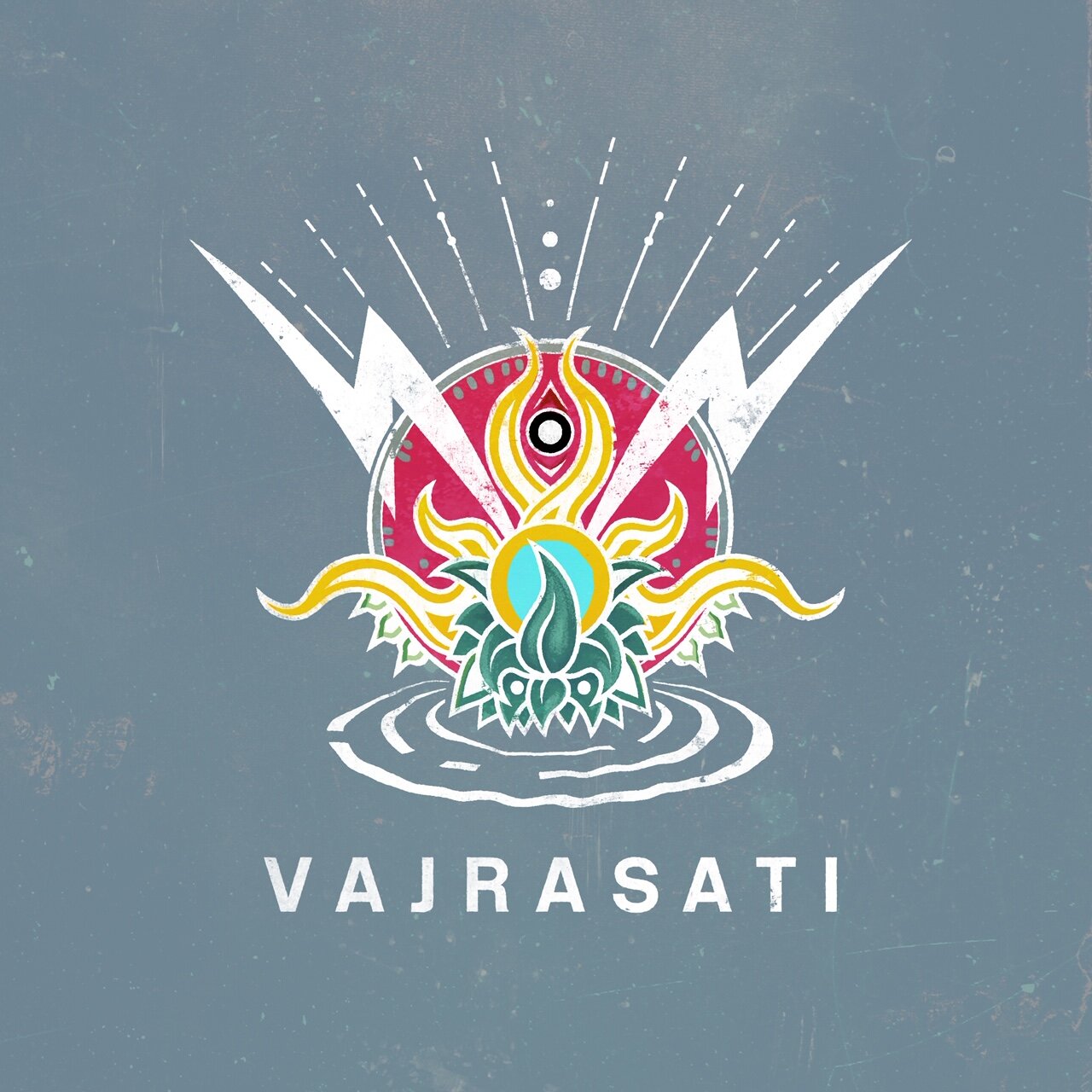What is Yoga?
Jim Tarran
Yoga how to recognise it and what it is for
Yoga is a small word with a big meaning. It does not mean exercise or flexibility, it simply means ‘union’.
It aims at integrating the disparate elements of one’s being on all levels. The origin of a word that has continued to explore and develop its own meaning comes from pre-classical Vedic Sanskrit. In the Veda(s), and in particular the oldest book the Rg-veda (1600 BCE), the root of the word yoga (which did not exist at the time) comes from such words as 'yanajmi', 'yunate', 'Ayukta', 'Ayoji', etc which usually imply connecting or yoking. Similarly such words as 'yuj', 'yugam', 'yujam,'yujam', 'yujjabhih', etc which tended to signify a means of achieving some goal.
Over many years these terms came to take on more specific meaning post Veda. By the time Patanjali came along (approx 400 BCE) they had developed into forms such as yogash and indeed yoga which was explicitly a practice, means to attain the specific goal of self-understanding that ultimately frees the practitioner. This meaning continued to be used in all sorts of examples and religions including Buddhism especially post Tantra in the case of the latter.
So by clarifying the term, we can immediately become aware of why it is possible for yoga to be expressed in so many different forms. There are a great many yoga classes available and naturally, some are closer to these core motivations while others operate from a much wider orbit. The yoga that most of us are likely to come into contact with comes under the umbrella term ‘astanga’, which means ‘eight limbed’. Integration constitutes the main thrust, or the trunk, of the system with the eight limbs as branches.
These include the five yamas, or universal guiding principles; they really give yoga its distinct flavour, acting like a compass guiding the yogin back towards the central intention. The yamas include non-violence which is understood directly in the context of practice. The other limbs include yoga asana or posture, as well as pranayama (breathing techniques), and meditation.
Astanga Yoga (from Patanjali) journeyed through layer upon layer of Indian philosophical influence from Buddhism and non dual adaita vedanta to the hugely influential agamic (or tantric) centuries and even through the influence of Western Spiritual ideas during the British occupation of India to bring us the even more recognisable Modern Postural Yoga (MPY) which is often what most of us first think of as yoga per say when we first meet this incredible subject.
MPY can carry every much of the spirit of yoga as it is traveled down through the ages or very little, maybe just with a few terms nominally thrown in, this of course varies hugely depending on who is teaching. It is part of the continuous flow that the river of yoga has been part of throughout its history picking up language, phrases and concepts that make it communicable to the current participant.
All of yoga's branches interpenetrate and influence each other and all are constantly tested in the fires of reality so that the form reveals the meaning and the meaning develops the form.
Yoga is suitable for all because the range of techniques will mean that style and instructor can be chosen according to personal suitability. All good teachers will teach safely and with confidence and kindness that should be apparent early on and will be happy for you to ask them about anything about which you are unsure.
Quotes
“Whatever you think you are, that’s not what you are”.
— Ajahn Summedho
